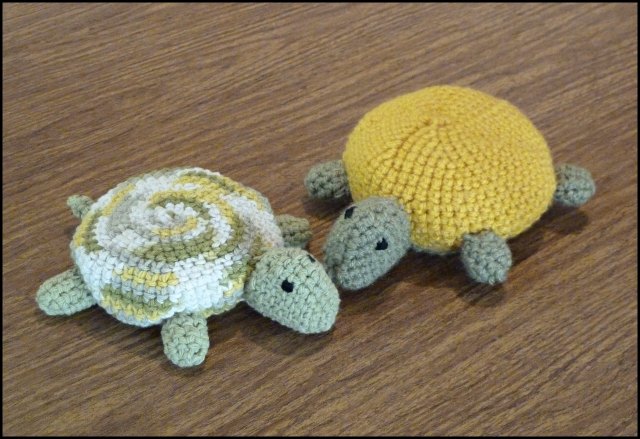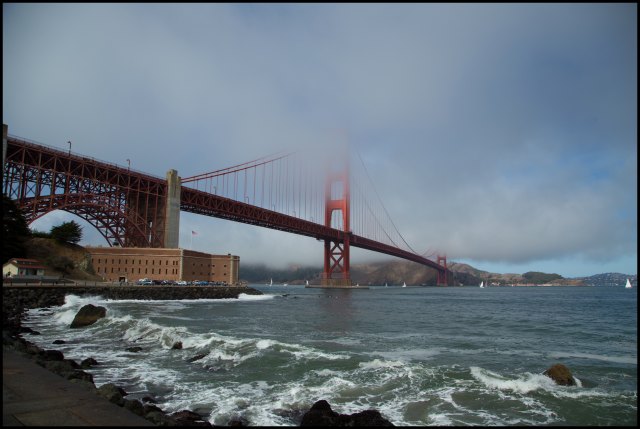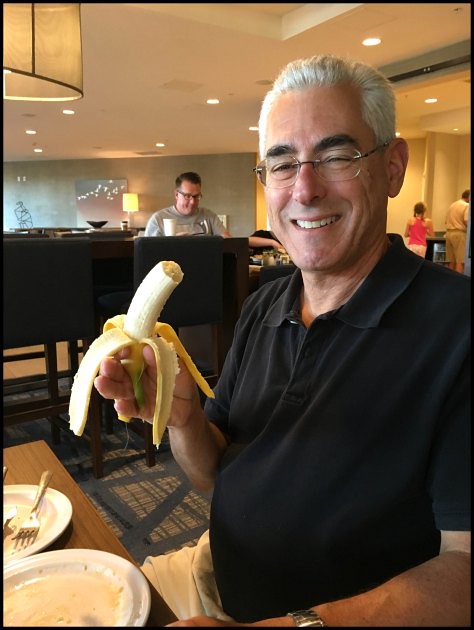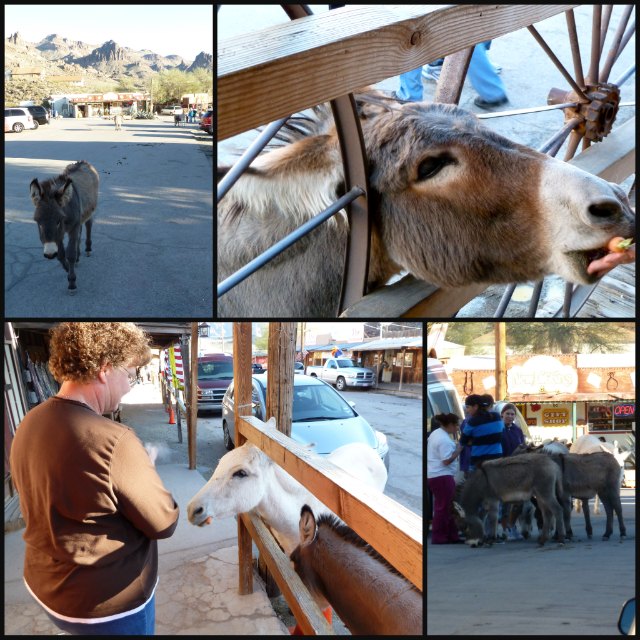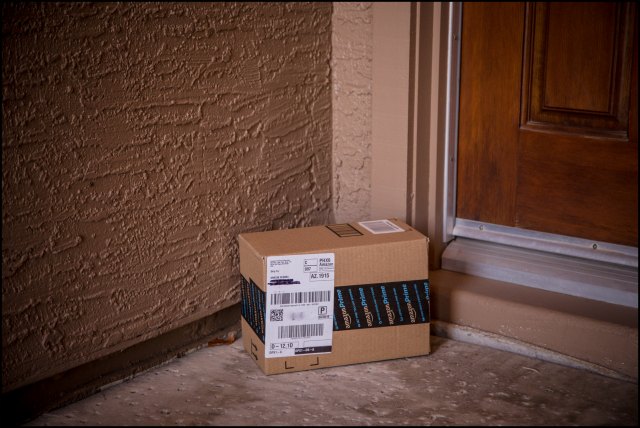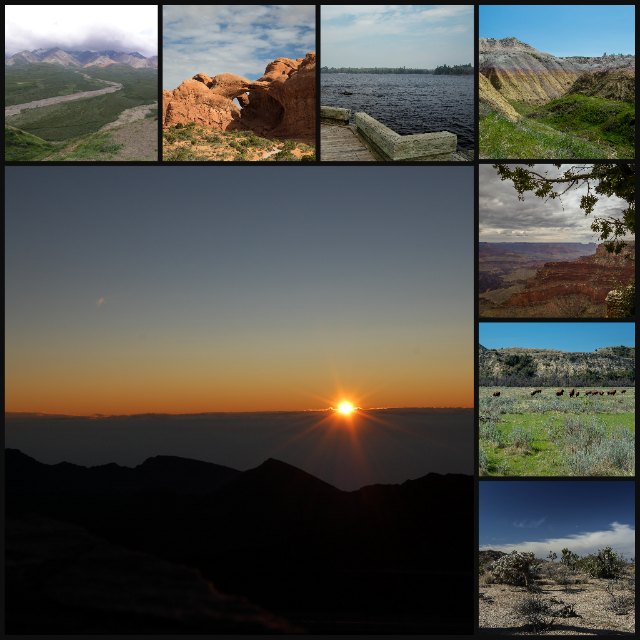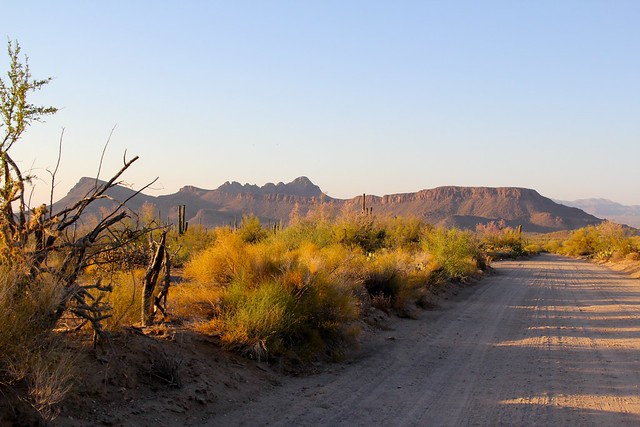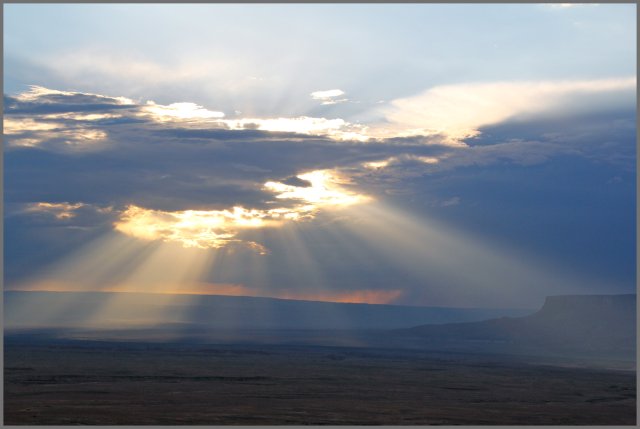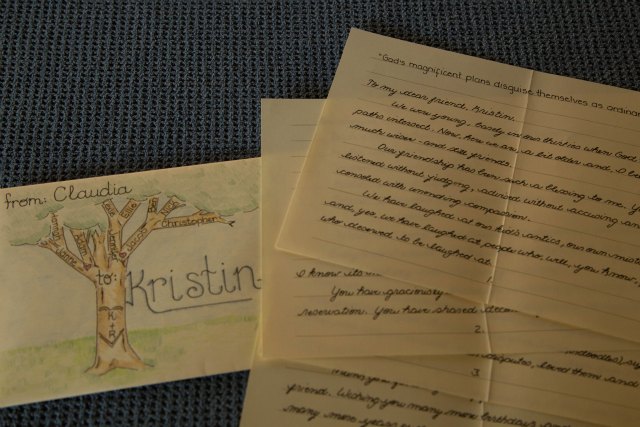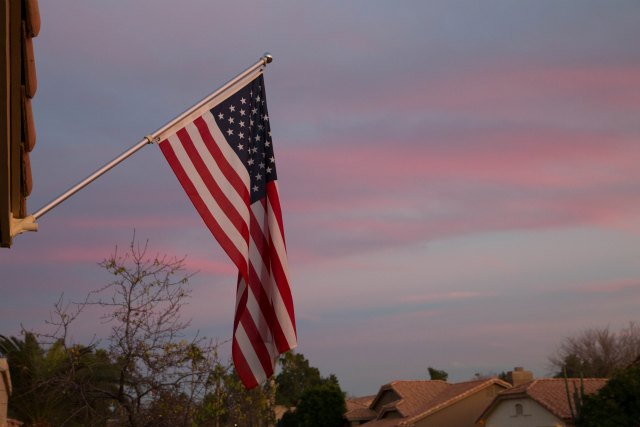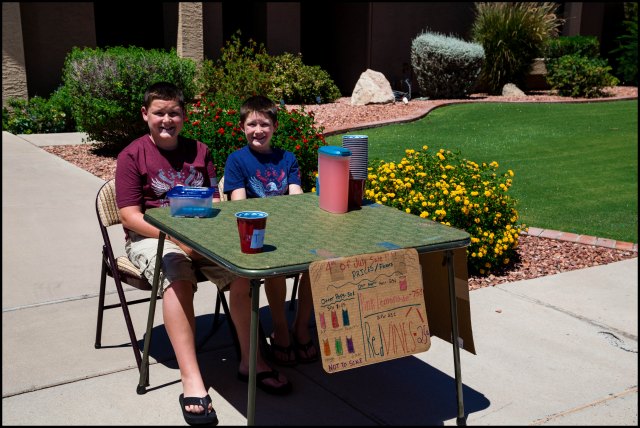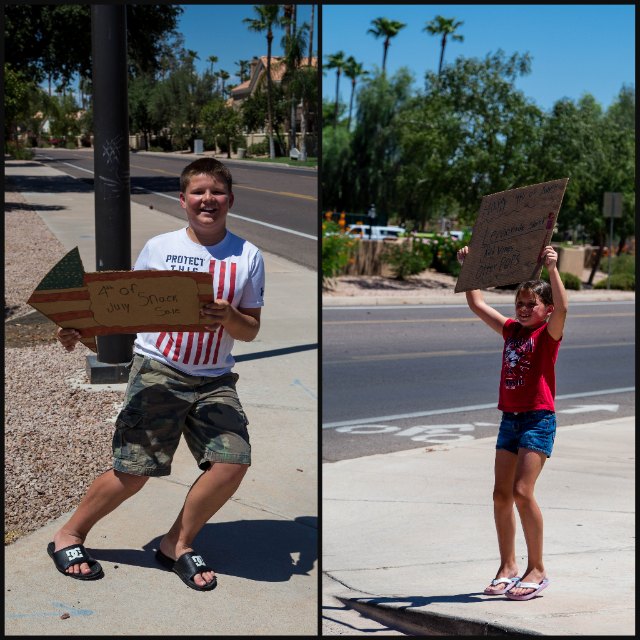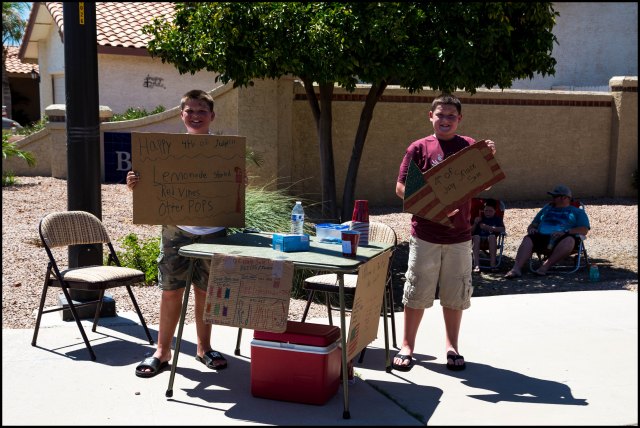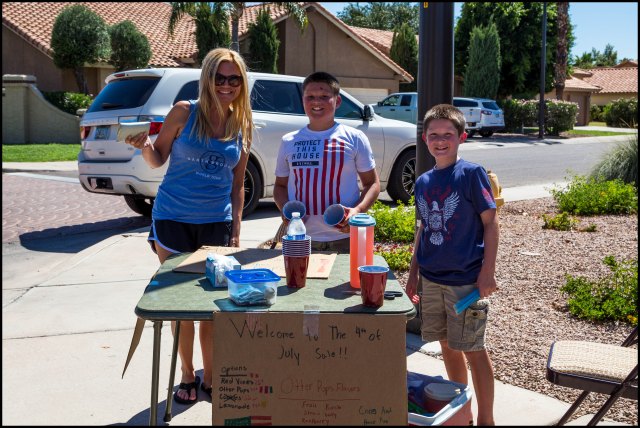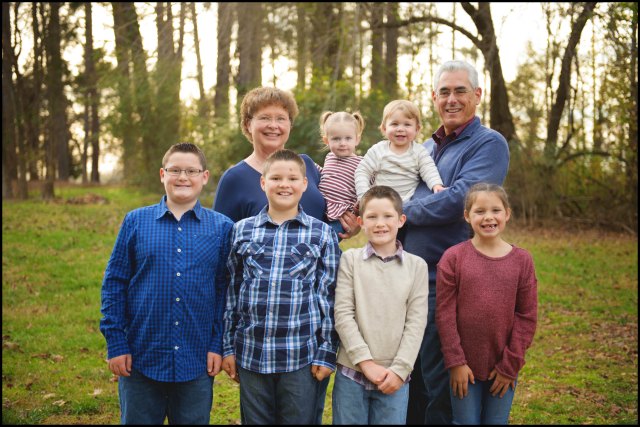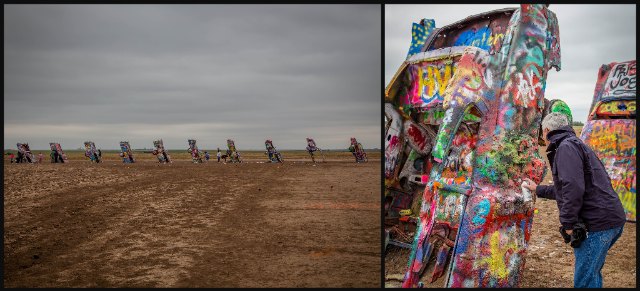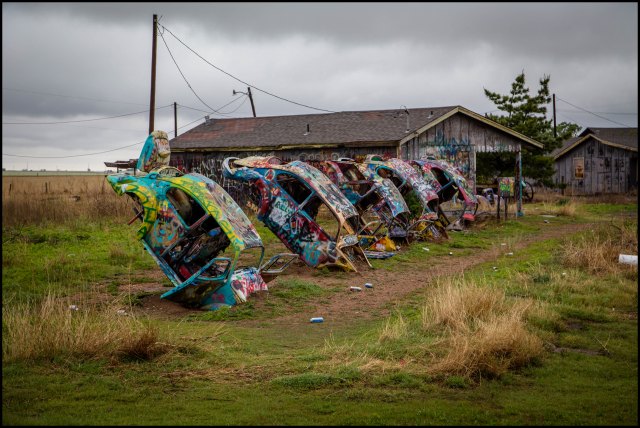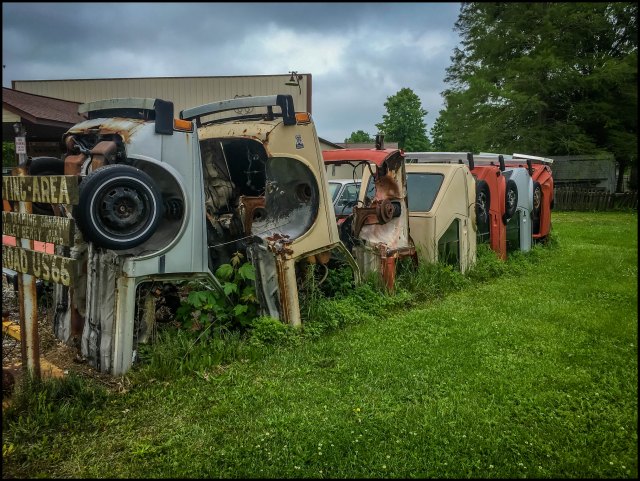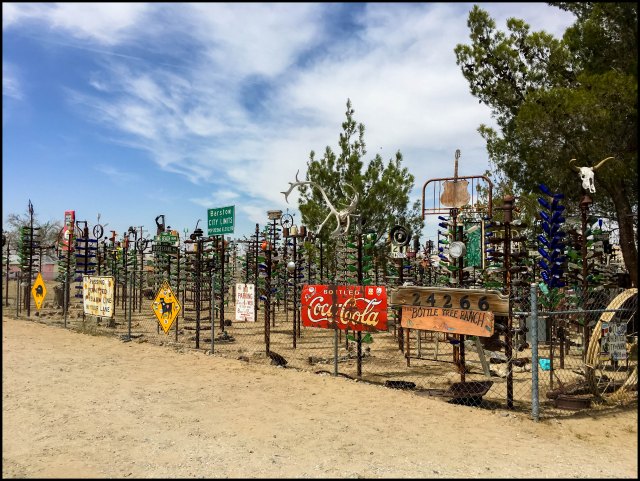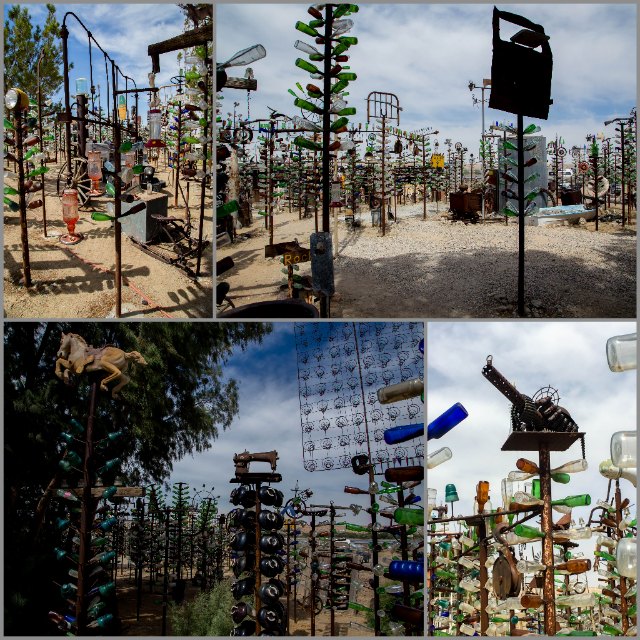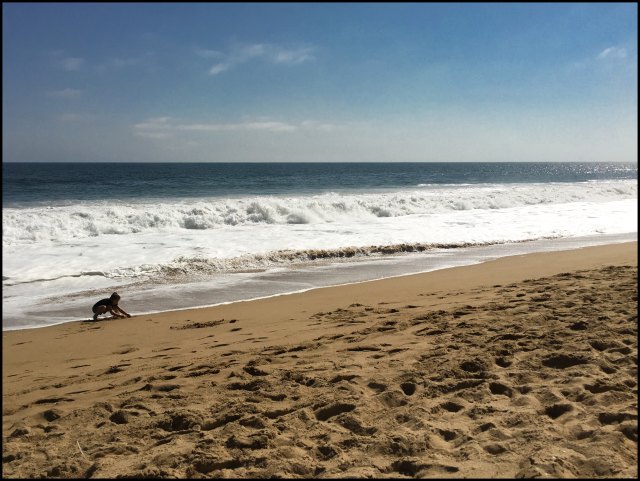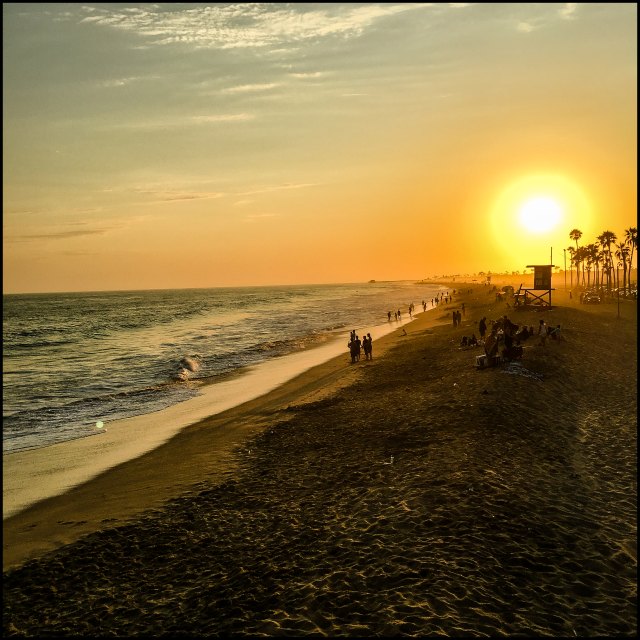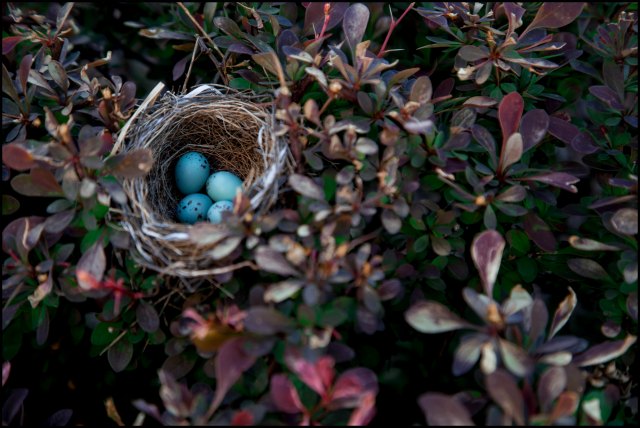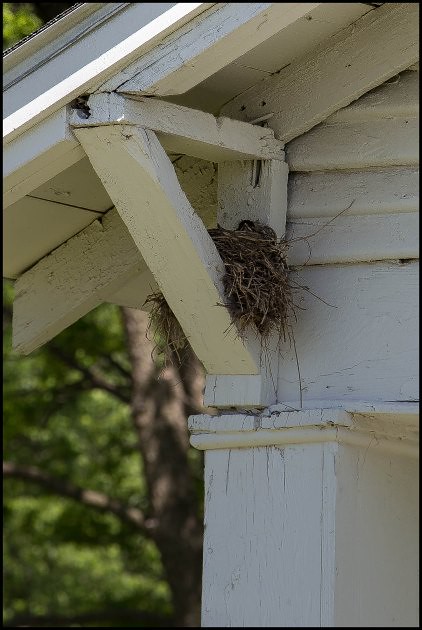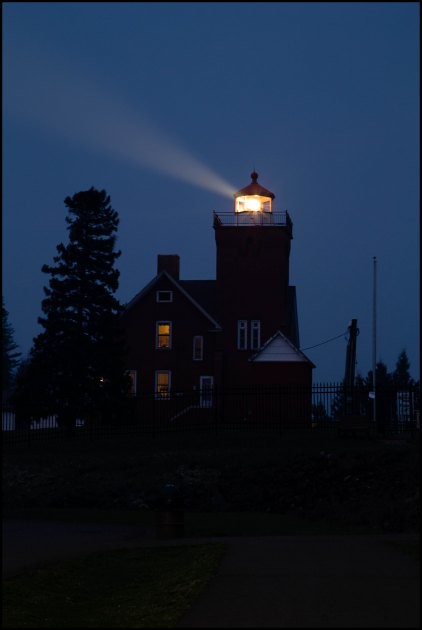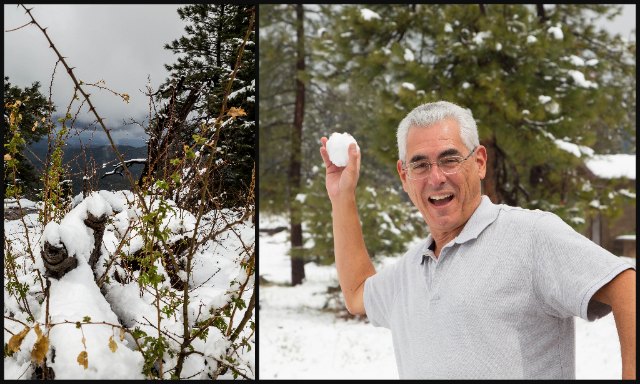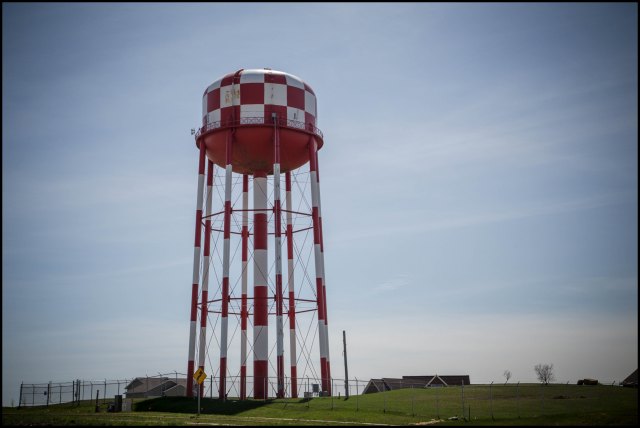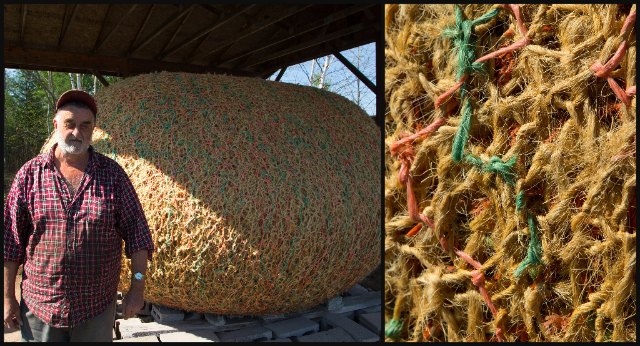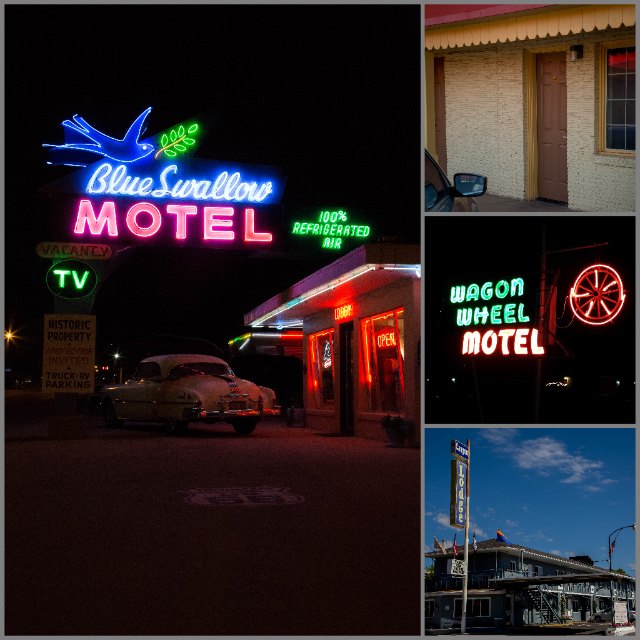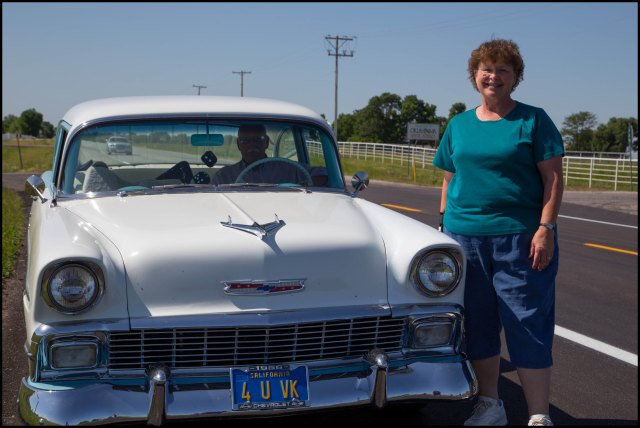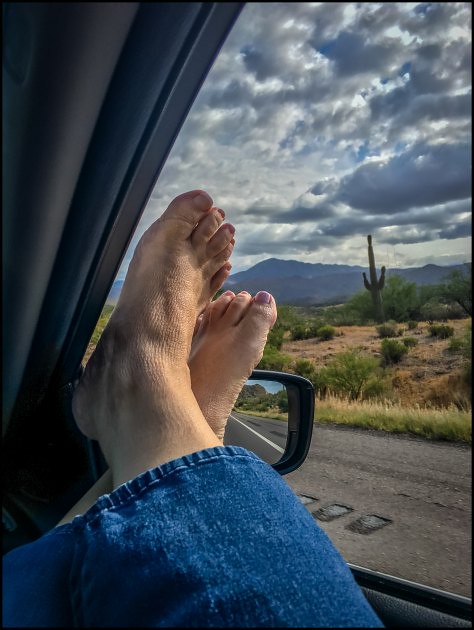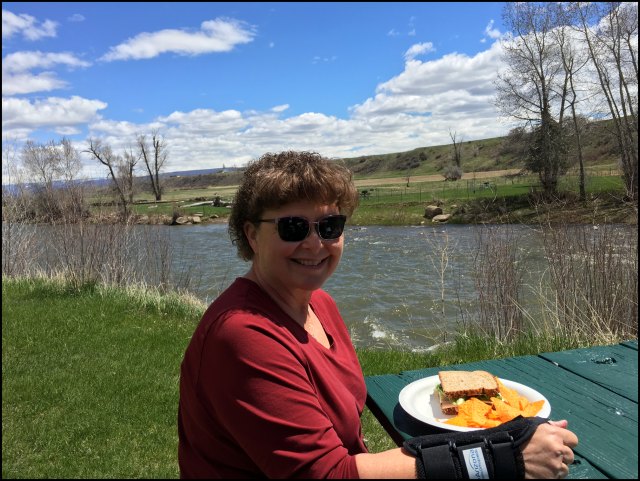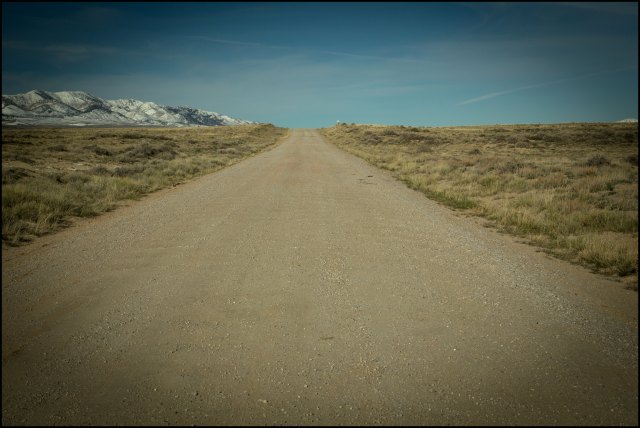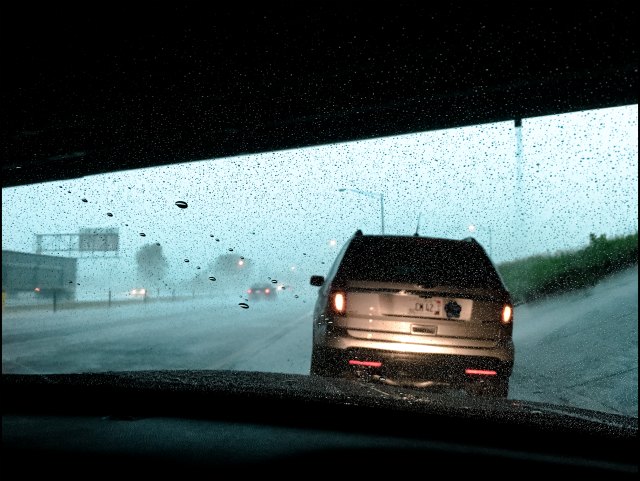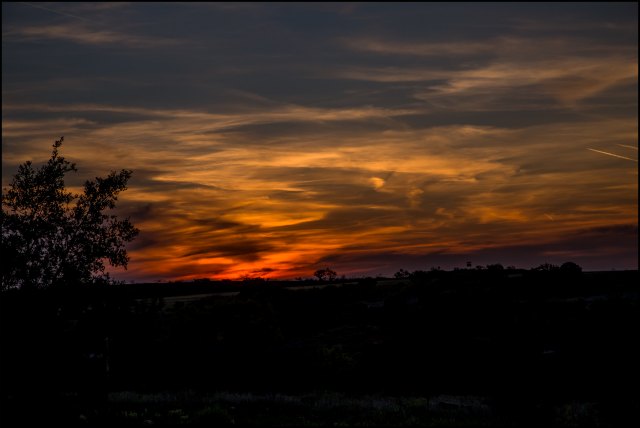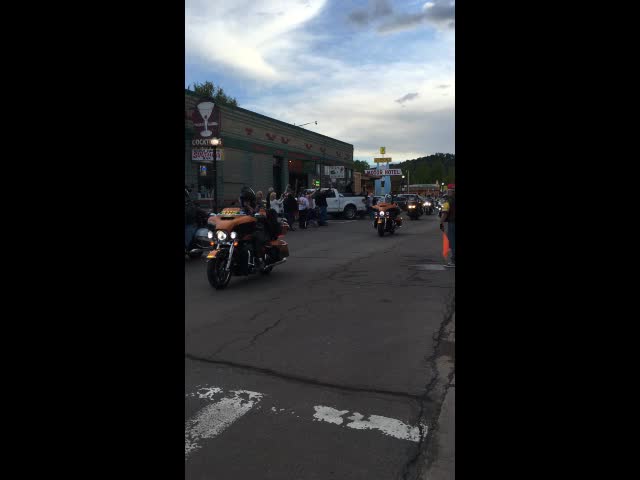Speed is in the eye of the beholder. As a ten-year old just learning to crochet, I tore out every row at least twice before I got it right. This scarf project was anything but quick. And it wasn't long before I lost interest, put my hook and yarn away and went on to something else - skateboarding!
Years later when I was in college, a friend was crocheting an afghan as a Christmas gift for her parents. I was intrigued as I watched her, the afghan growing ever-longer fairly quickly. Hmmm. I decided to give crocheting another try and under the patient guidance of my friend, I finished an afghan as a Christmas gift before classes and clinical began demanding all my time.
About fifteen years later, I picked up my hook and began crocheting again. Mostly I made baby blankets and donated them to Project Linus, an organization that provides homemade blankets (crocheted, knitted, quilted, ...) to children who have suffered loss or trauma. Many of the ones I made went to NICUs in the area.
Somewhere I got it in my head that I could do a project with straight rows, like a blanket or a scarf, but not a project with pieces, or something round. I don't know when or why that "belief" started but it was entrenched in my mind. I was convinced I was not a good enough crocheter to do a "complicated" project like a sweater or a round placemat so I continued making blankets.
Years later, my grandson, Nick, got two crocheted stuffed turtles out of the "treasure box" at his school. They were well-loved as he played and slept with these two turtles until finally, one day, they wore out. The stitches couldn't hold the stuffing in any longer.
Nick called me to ask if I would make him a crocheted turtle to replace the ones that were worn out. "Please, Grandma? I know you can do that!!!"
And then, before I thought about it or even realized it, I heard myself saying, "Of course, Nick! What color do you want them to be?" After I hung up the phone, a cold sweat gripped me. What was I thinking? I couldn't do a round project with pieces to fit together!!
I had coffee with my crochet-guru friend and told her about my conversation with Nick. I was secretly hoping she would volunteer to make them, since everyone knew I couldn't do something like that. Instead, she laughed and said it was about time I try a project in the round, that I absolutely was ready for it and she would help me.
We met again a week later and she helped me get started with the pattern. I continued working on it at home and within a few days I had finished the first turtle. The second turtle was even easier and was finished in no time.
Nick, of course, was thrilled with his turtles. When I asked him why he thought I could crochet turtles when all I had done before was blankets, he replied, "Well, Grandma, why couldn't you???" with all the innocence and sincerity of a 7-year old.
Hmmmm. Out of the mouths of babes. It reminded me that I sometimes put limitations on myself when I shouldn't. What other things have I said, "I can't do that!" to and missed the joy and excitement of doing something new?
That revelation resulted in two game-changers for me. First, I don't say "I can't" unless there is a reasonable and logical reason. This requires some time to carefully, prayerfully consider the option.
Secondly, I decided to try some new crochet projects. Stuffed animals, potholders and even a purse stretched my comfort zone as well as my enjoyment.
Amigurumi is the Japanese art of knitting or crocheting small stuffed animals or anthropomorphic creatures. Although popular in Japan for decades, it didn't become popular in the West until 2003.
I think my grandmother would be happy to know that the seeds she planted when she taught me the basics of crocheting not only took root but sprouted and continue to grow.

